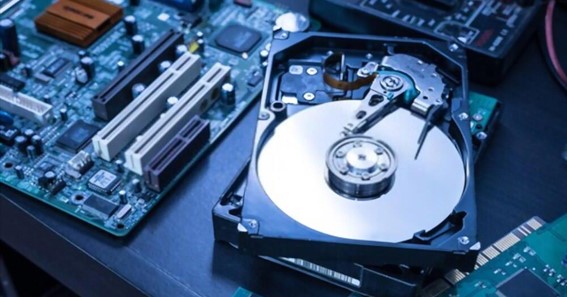If you’ve accidentally deleted important data from your system or software, you don’t have to panic. Just make sure you follow the right steps. When you do, you still stand a chance of being able to recover your files through different data recovery techniques employed by Data Analyzers data recovery services Miami.
Data Recovery Technique
A data recovery technique is a method that supports the instant recovery of data. It can also create backup software that keeps duplicating files before they are lost. However, the chances of successful data recovery depend primarily on the file system of the device.
Data recovery works in various forms depending on the conditions of data loss. So, before we start discussing the various data recovery techniques available, we must first understand the concept of data loss.
What Is Data Loss?
Data loss is a situation whereby an error in an information system in which data is stored causes the system to break down and erase the data from the storage. Some causes of data loss include software corruption, human errors or mistakes, computer viruses, human failures, natural disasters, malfunctions, and so on.
Data Recovery Techniques
There are two major data recovery techniques. They are logical data recovery and physical data recovery.
Logical Data Recovery
This is the process of rectifying the logical damage to the media. It is often applied where data got lost as a result of formatting the hard drive, an application crash, or a user’s unintentional actions. Some typical logical data damage scenarios are:
- Overwritten data: There is a common assumption that once data has been physically overwritten on a hard disk drive, chances are that the data cannot be recovered. But some reports have shown that in 2001, Peter Gutmann, a computer scientist, submitted a paper that suggested overwritten data could be recovered. Although Gutmann’s proposed theory was not backed by practical evidence, several other scientists have put his theory of recovery of overwritten data into practice.
- Lost, deleted, and formatted data: In some cases, data stored in the internal or external hard disk, flash drives, pen drives, and so on can get deleted or formatted. This could be due to virus attacks, accidental use of error buttons, or any other unintended actions. In cases like this, data recovery software is used to rectify the situation and restore lost data.
Steps to take when using the Logical Technique
There are some important steps to follow in recovering data stored on a hard drive using the logical technique.
- Avoid DIY methods on a failed hard drive; This could cause an irrevocable data loss even after the data is restored.
- Select a reliable data recovery software.
- Hard drive cloning: This step ensures that data is copied from the original drive to a new hard drive without any error.
- Restore lost data from the clone hard drive: when you lose your data, you only need to consult your clone hard drive. While doing this, you will need a stable internet connection and an uninterrupted power supply.
Physical Data Recovery
Physical data recovery is the extraction of raw data from physically crashed or destroyed discs. Another case where a physical data recovery method is used is when a hard drive cannot be read or accessed by software such as Windows disk management or the OS.
There are several causes of physical data damage. Some are;
- Exposing the disks to extreme temperature
- Application of force
- Impaired electrical components
- Bad power source
Most physical damages cannot be restored by end-users, unlike logical damages. Even the possible ones are quite expensive and can take a lot of time.
Major physical data recovery steps are as follows:
- If it’s a damaged printed wiring board, make sure to exchange it with a matching one from a safe drive.
- Change the original read or write head, that is, the part of a hard disk responsible for reading or writing data to the disk, with matching parts from a safe drive.
- Remove the hard disk platter from the damaged drive and install them into a safe drive.
- Consider hiring a professional to do it for you rather than doing it yourself. While doing it yourself, the situation could get worse leading to a permanent loss of the data.
Importantly, always try your best to put effective measures in place to prevent data loss. Recovery of data is usually not a straightforward process, especially if you don’t have a backup or an expert to help you out. Anything can go wrong while recovering your data. So it is always best to avoid the process entirely.







